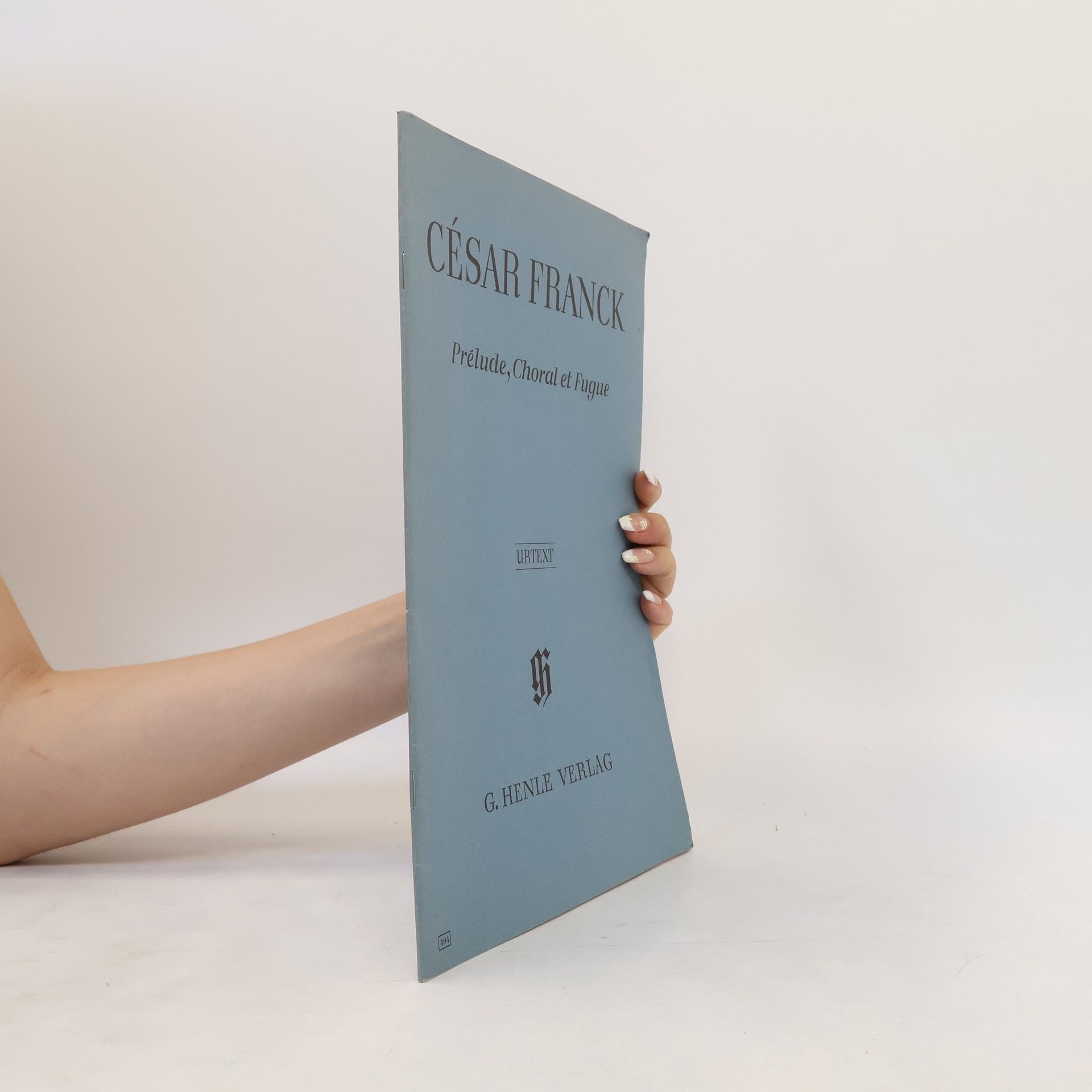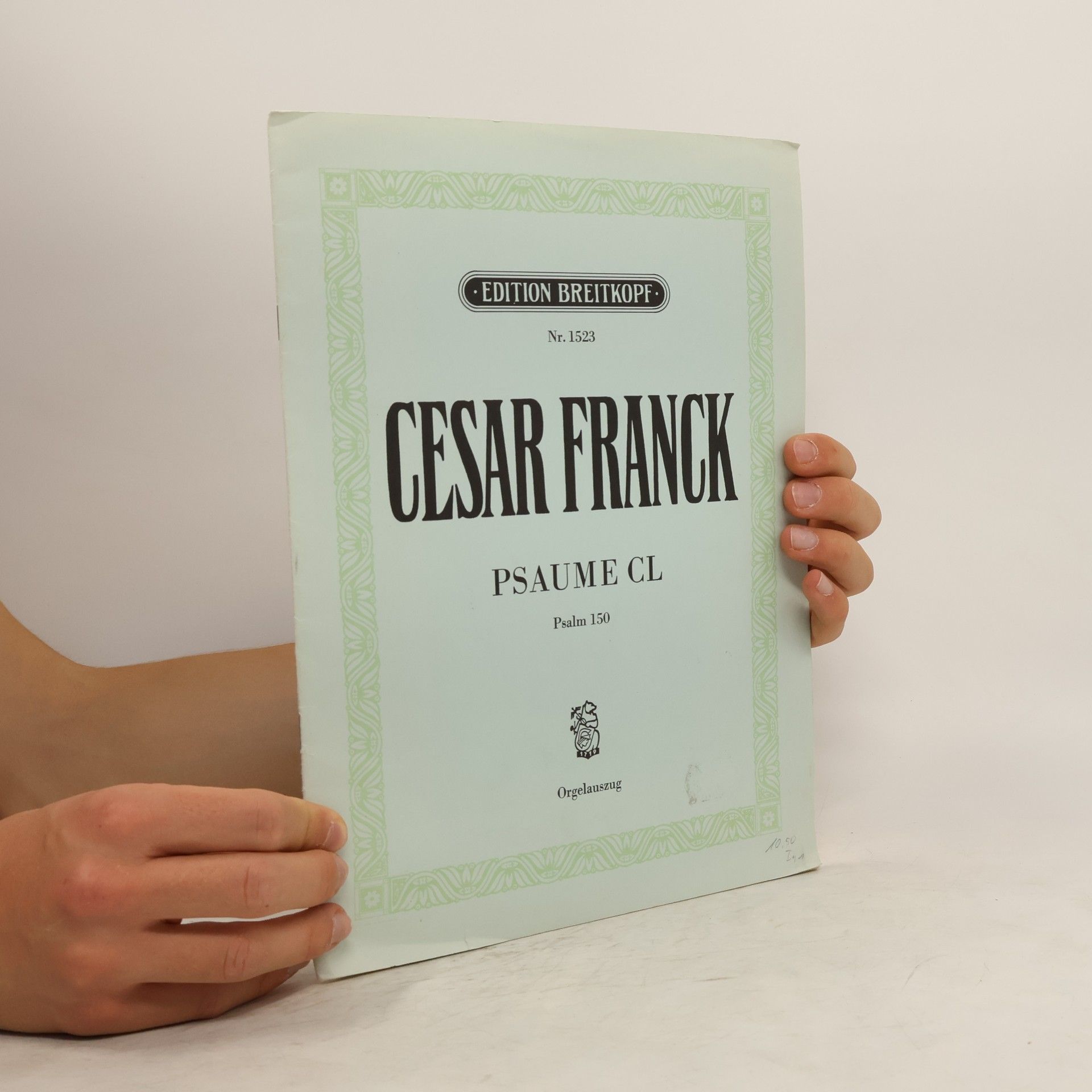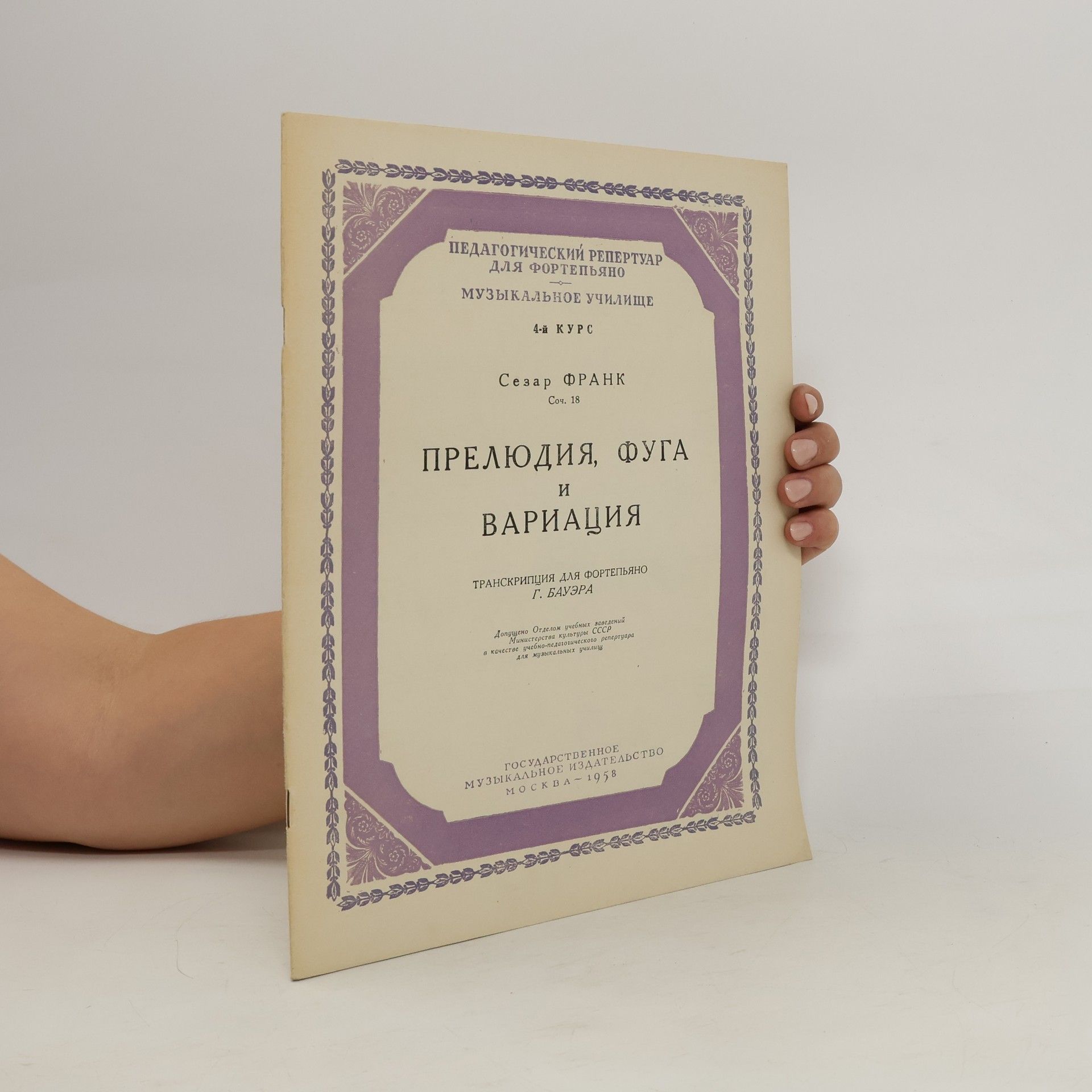Die neue Gesamtausgabe der Orgelwerke von César Franck, in Zusammenarbeit mit der Internationalen César-Franck-Gesellschaft, bietet eine umfassende und zuverlässige Lesart der Notentexte. Sie berücksichtigt nicht nur alle zugänglichen Quellen, sondern auch bislang unberücksichtigte Manuskripte. Durch sorgfältige textkritische Vergleiche werden Textvarianten und editorische Entscheidungen detailliert im Kritischen Bericht dokumentiert, was diese Ausgabe besonders wertvoll für Forscher und Musiker macht.
César Franck Book order






- 2024
- 2024
Prélude, Fuge et Variation, Opus 18
Bearbeitung für 2 Gitarren
- 2022
Panis Angelicus: Full Score
- 999 pages
- 35 hours of reading
César Franck (1822-1890) wrote his Mass in A Major, Op. 12 in the summer of 1860. It was later revised in 1872, with the then newly composed Panis angelicus replacing the original movement O salutaris. Originally written for voice and orchestral accompaniment, the 1872 arrangement was only scored with organ, harp, cello, and double bass accompaniment. This edition of Panis angelicus was transcribed by Leopold Stokowski for wind instruments and strings. Instrumentation: 4.1.3+BCl.3+CBsn: 4.0.4.1: Str (9-8-7-6-5 in set).
- 2022
Composed between 1886 and 1888, Franck's only mature symphony premiered in 1889, initially receiving mixed reviews but later gaining popularity and being performed globally by the early 20th century. The manuscript was dedicated to Henri Duparc, but tragically, it was lost in a fire in 1935.
- 2022
The narrative follows a defiant count who chooses to hunt on a Sunday, ignoring warnings from church bells and elders. His actions lead to a curse, condemning him to be eternally pursued by demons. As he flees through the forest, he faces relentless torment, surrounded by flames and chased day and night. The story culminates in his and his horse's fall into an abyss, yet they continue their wild ride through the air, trapped in a cycle of eternal punishment. This tale explores themes of defiance and consequence.
